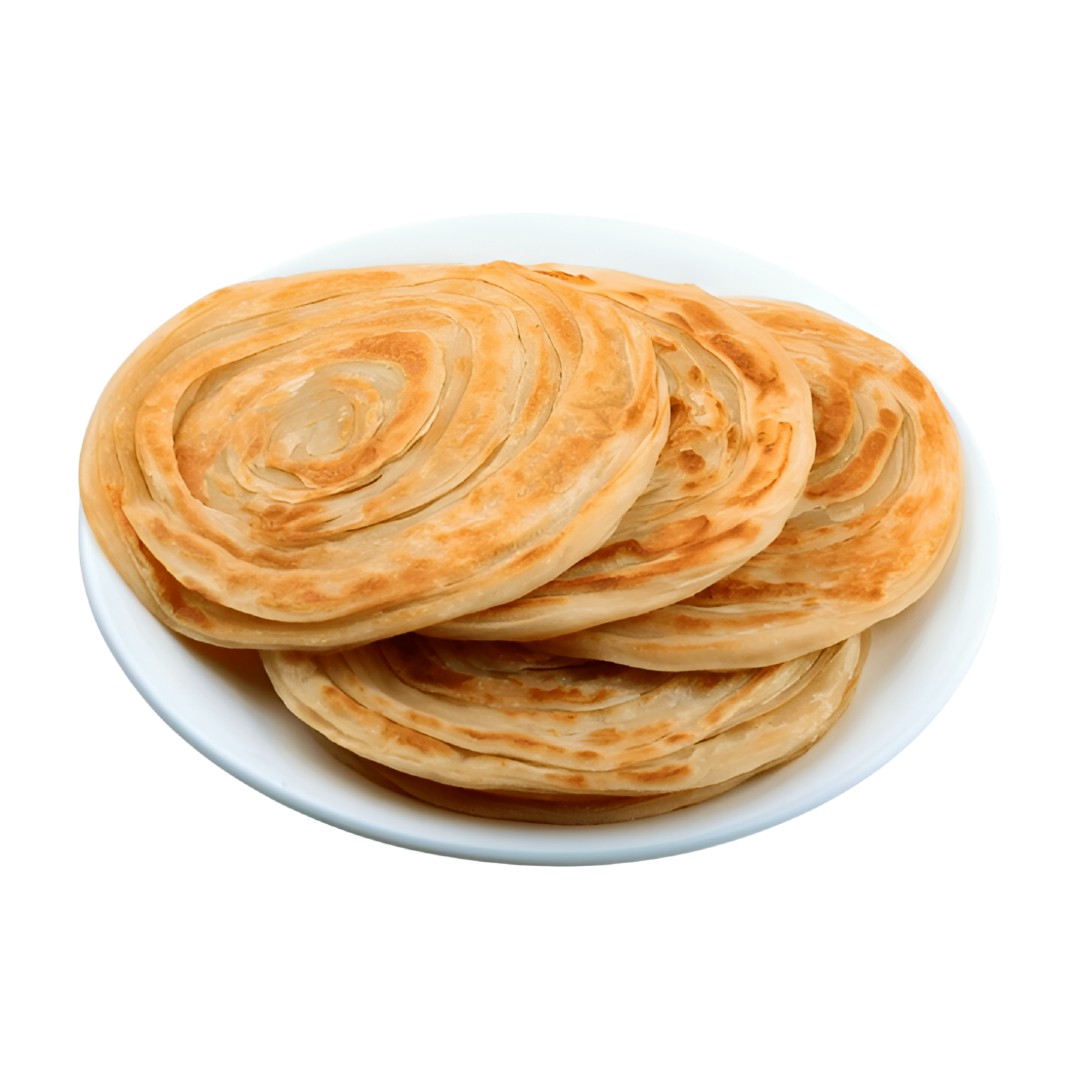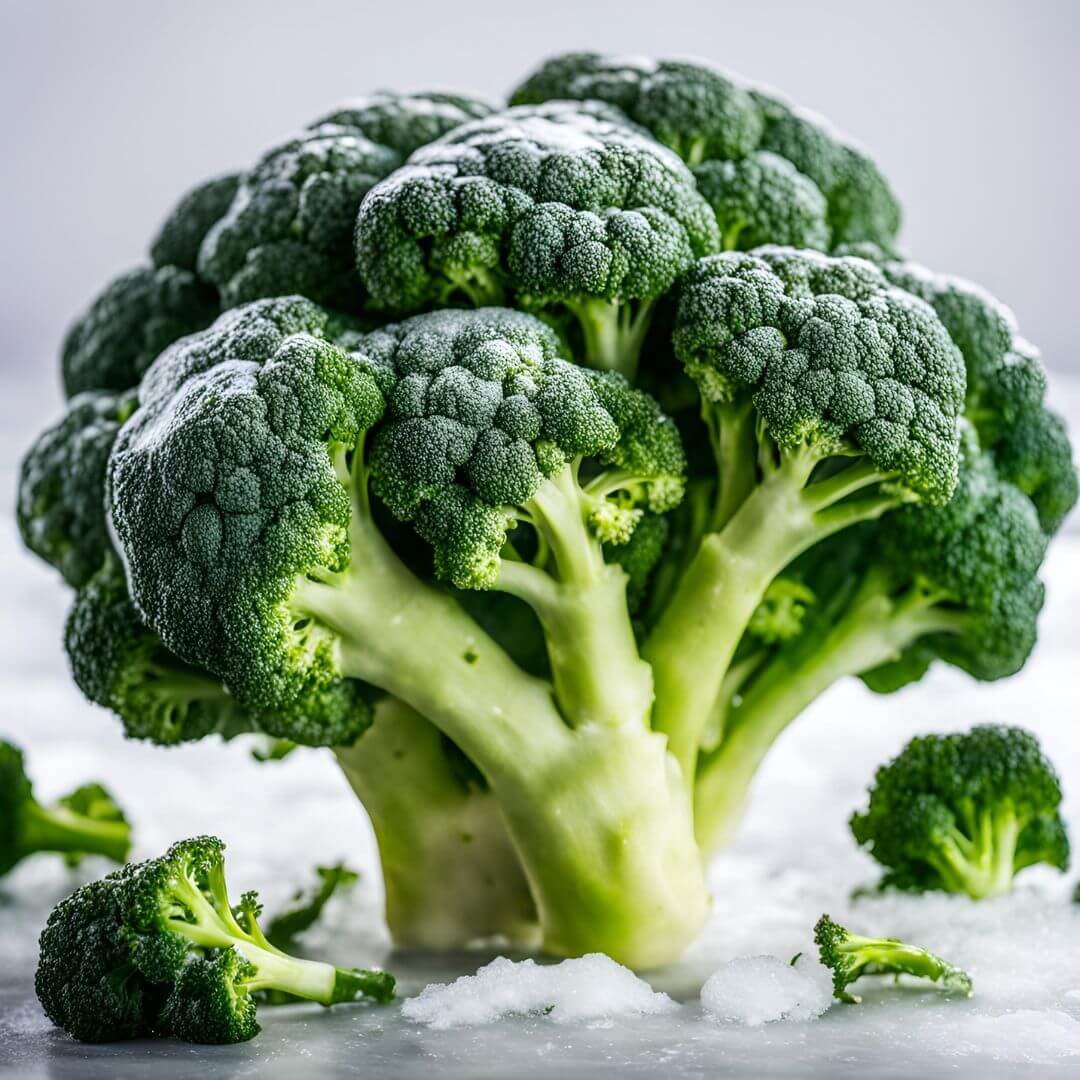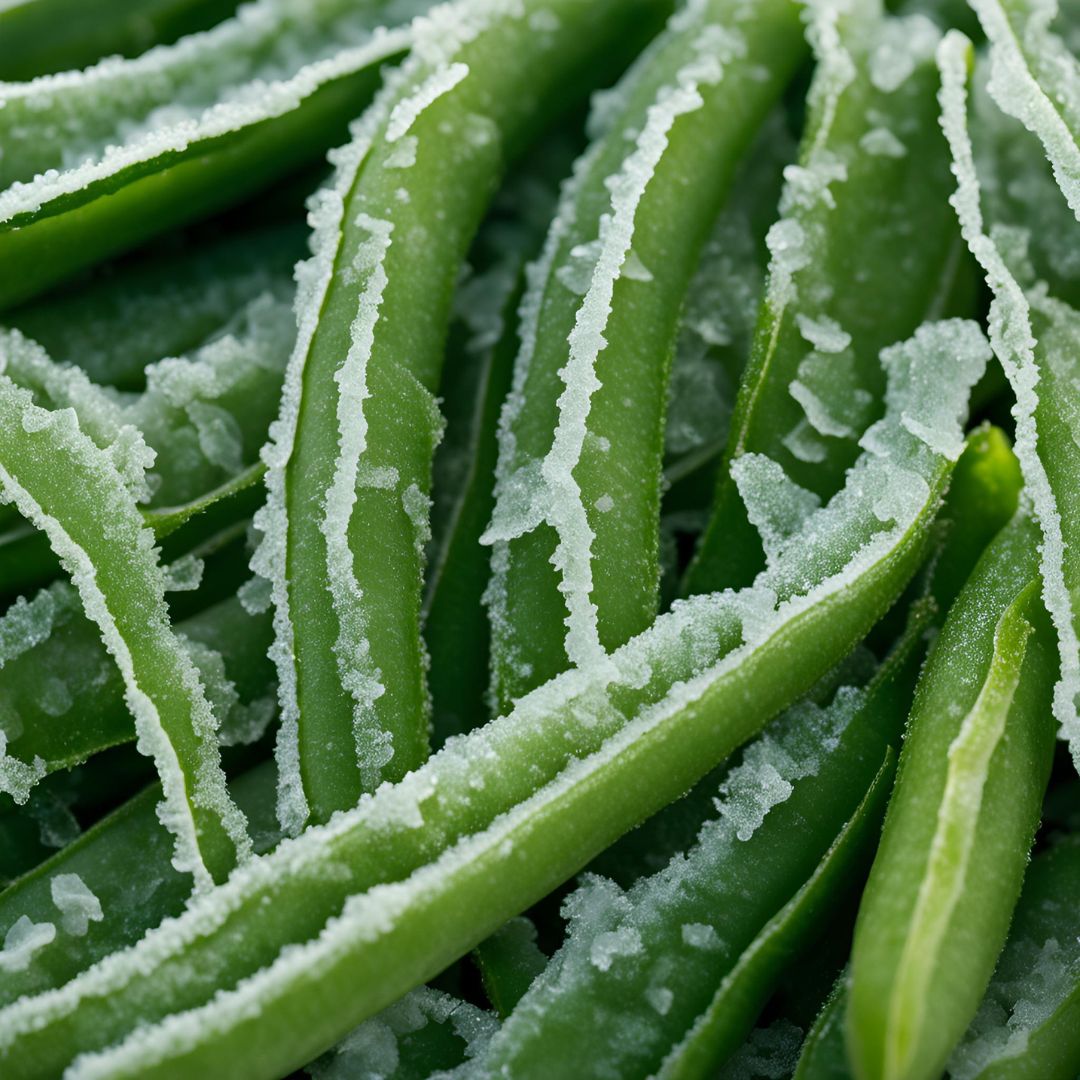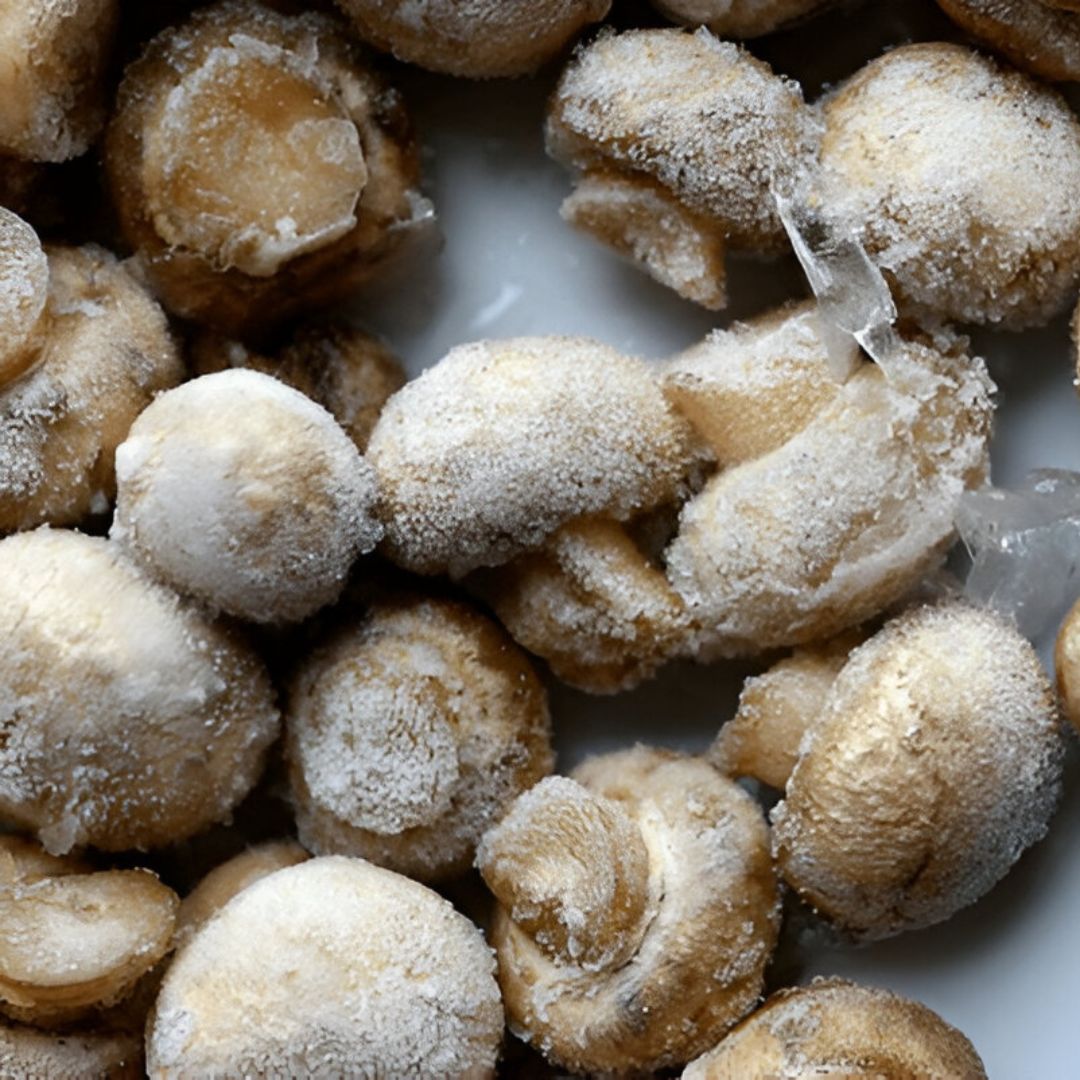Nutritional Benefits
• Carbohydrates: Parathas are mainly made from flour, providing a quick source of energy.
• Protein & Fiber: If made with whole wheat flour, parathas contain some protein and fiber, which aid digestion and provide fullness.
• Higher Fat Content: Parathas are often cooked with oil or ghee, making them a higher-calorie food compared to chapatis.
• Vitamins & Minerals: Parathas provide some B-vitamins and minerals like iron and magnesium, especially if made with whole wheat flour.
Storage
• Store frozen parathas in an airtight container or zip-top freezer bag.
• They can last 6–12 months in the freezer.
Popular Uses
• Chapatis: Serve with curries, stews, or gravies like dal, butter chicken, or vegetable curry.
• Parathas: Enjoy with yogurt, pickles, or chutneys. Parathas can also be used to wrap fillings like paneer, potatoes, or chicken, or served with a side of vegetables or lentils.
Quick Recipe Ideas
1. Chapati Wraps:
• Ingredients: Frozen chapati, cooked chicken, lettuce, cucumber, yogurt, and your favorite chutney or sauce.
• Instructions: Warm the chapati and layer it with chicken, vegetables, and a drizzle of sauce. Roll it up and serve!
2. Aloo Paratha:
• Ingredients: Frozen aloo paratha, yogurt, pickle.
• Instructions: Heat the aloo paratha on a tawa and serve with a side of yogurt and tangy pickle.
3. Paneer Stuffed Paratha:
• Ingredients: Frozen plain paratha, crumbled paneer, spices (like cumin, garam masala), cilantro.
• Instructions: Heat the paratha on a tawa, then top it with spiced paneer and roll it up for a delicious, filling meal.




